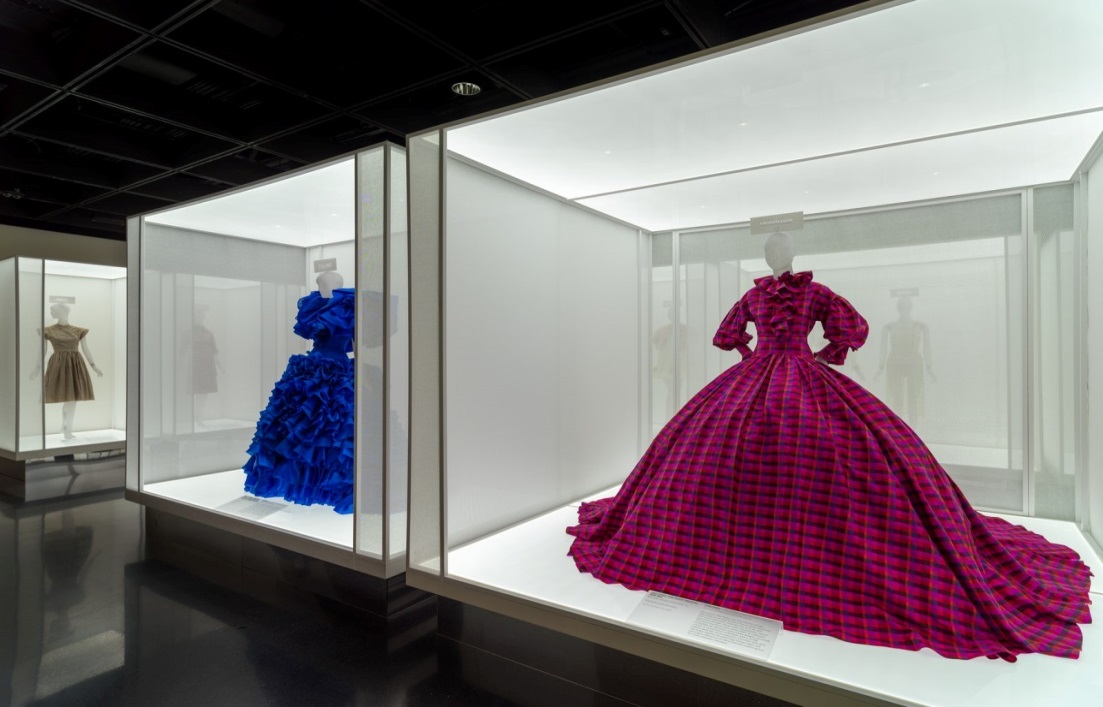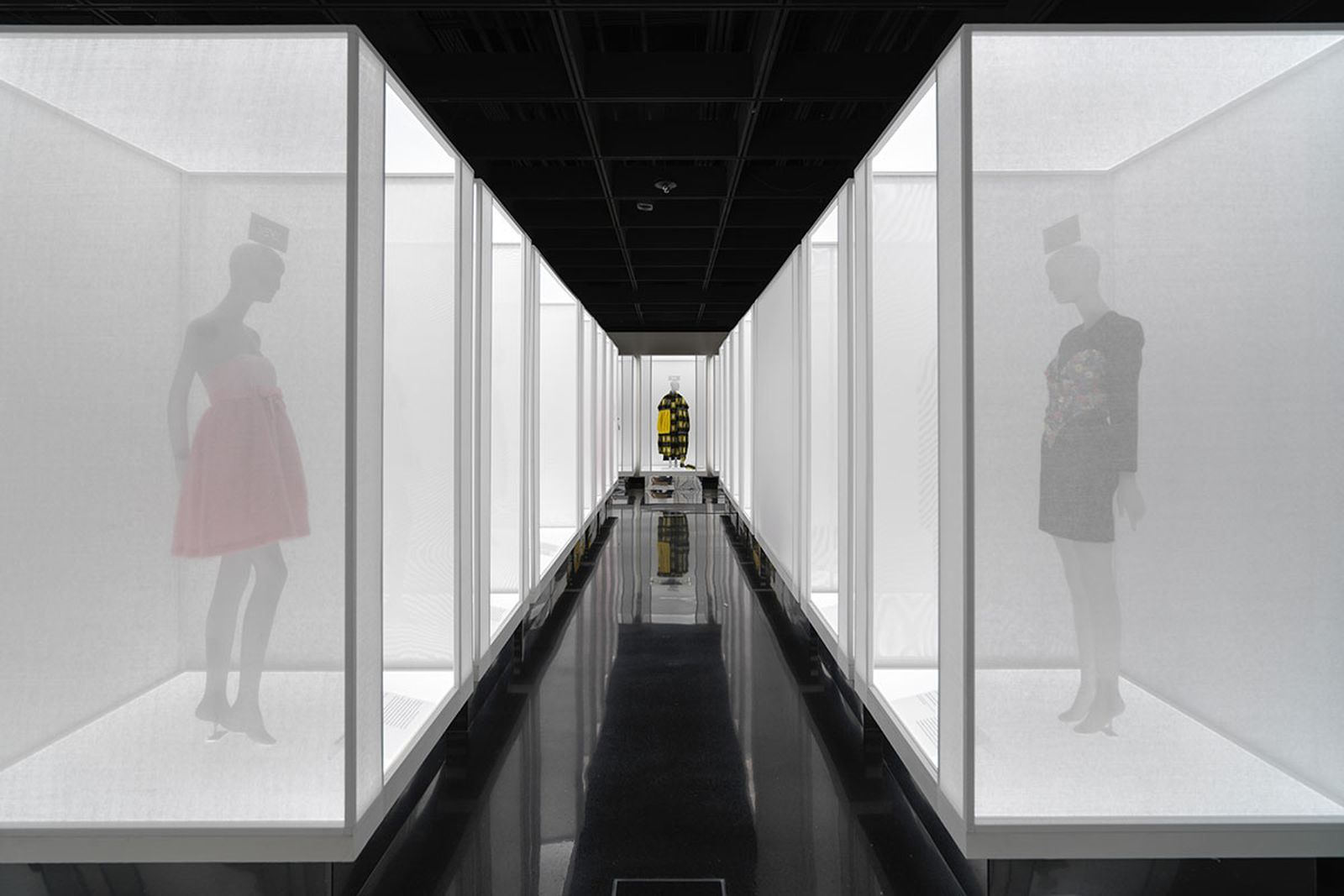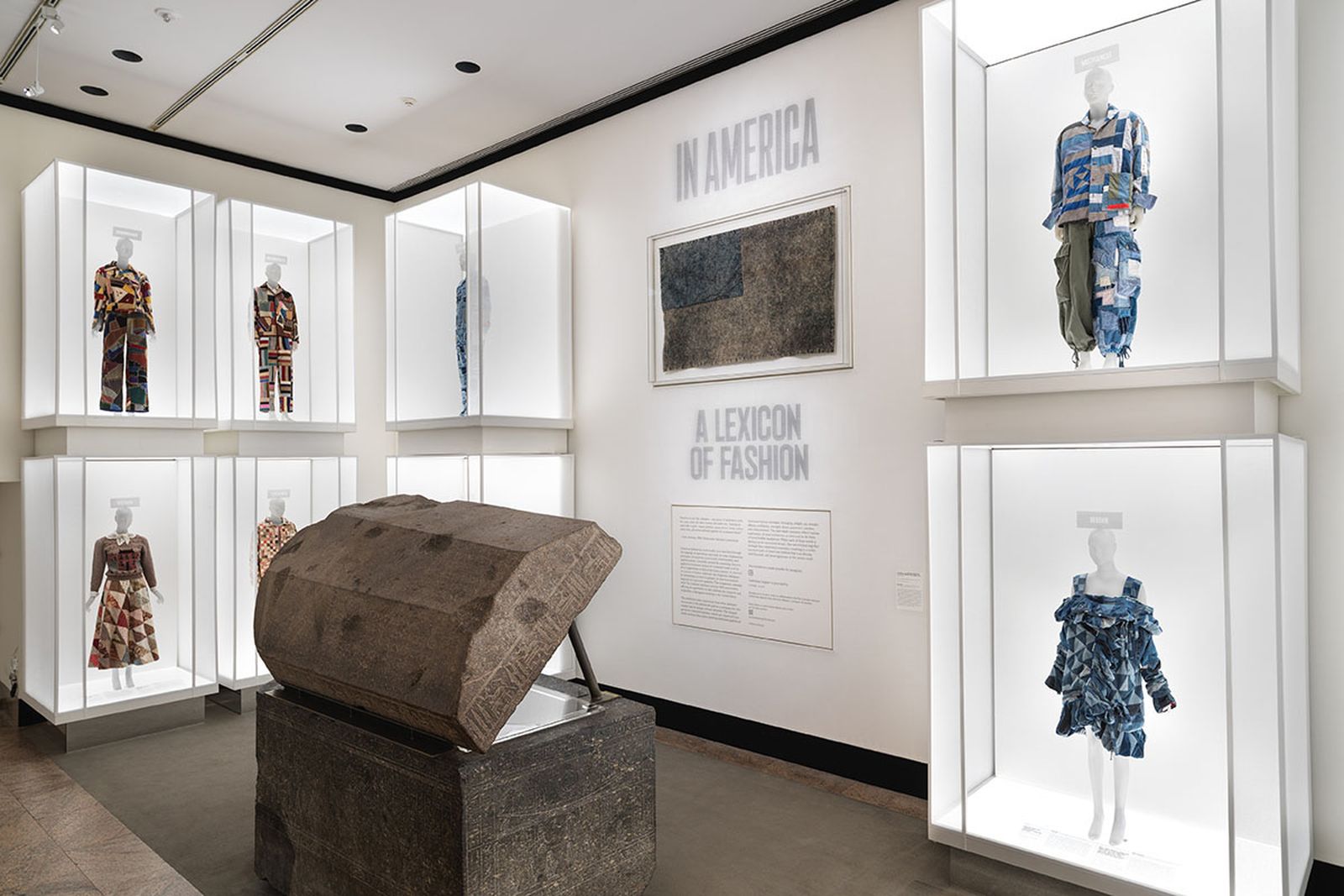In America: A Lexicon of Fashion, by the Costume Institute, kicks off yet another two-tiered exploration of fashion in the United States in the Anna Wintour Costume Center. It builds a contemporary American lexicon design centered on evocative traits. This show employs the organizational concept of a patchwork quilt to depict the state’s plurality and diversity in culture, style and network. The first part began on September 18 2021, with much focus on contemporary American fashion (Yotka 1). Part two will take place on May 5, 2022, and will narrate the historical perspectives of fashion and the development of culture, and both will close on September 5, 2022 (Yotka 1). The curator Andrew Bolt and Amanda Garfinkel defined the exhibition as a diverse and unmatched American fashion. The reason is that they believed that the idea of distilling American fashion down to one definition is utterly contradictory to what the exposition entails. Therefore, the theme, display description, narrative structure and design are explored.
The exhibition was signed by famous Americans of the period, including eight Presidents, during the commencement of the exhibition. The opening was graced by sculpture, performance, and video content in their installations. The different installations operated back and forth in interesting ways throughout the show, and it was a highlight of the curators’ strategy (Yotka 1). The theme of this exhibition was to define the various emotional qualities, including nostalgia, inclusivity, inspiration, confidence, strength and power. All these qualities are represented through the various styles presented, which encompassed all the diverse cultures in the country.
The exhibition had presented various branded clothes, including women and men, clothing ensembled by a rich cultural hue from different designers. Specifically, the curators displayed contemporary designer dresses and sportswear to illustrate the diverse quality of the American taste of fashion. The classical works displayed included the Claire McCardell dresses, which created instant glamour showing the finesses or royalty (Yotka 1). These pieces imitated the ancient baby doll dresses but with a refined taste in culture since they reframed the image of the average income earners from America and their wealthy European relatives.
These dresses invited viewers to think about the country differently, considering that simple alterations could equalize people from different economic standpoints. The style emphasized the theme of inclusivity, considering that it brings out the power in the sidelined attributes of culture by exploring its strengths (Yotka 1). This fact brings out one question on whether the standards of aesthetics keep rising or declining, considering the fact that fashion is no longer a style but a depiction of people, their customs and the societal change they influence.

An interesting factor also considered during the exhibition is the style used in displaying garments. The curators used the transparent walls that meet and overlap, distorting the internal room boundaries. This arrangement was intentional to allow the upcoming designers to showcase their explicit talent. Designs by American sportswear pioneers were displayed alongside works by a diverse group of contemporary designers to demonstrate a shifting focus in American style characterized by emotions of fear, pleasure, solace, anxiety, belonging, self-reflection, self-representation and other qualities (Yotka, 1). As depicted in the image above, this display system showcased elegance, finesse and unmatched creativity and appreciation of talent. The garments were equally showcased in the exhibition to ensure that the best of them all are identified.

The narrative concept used was the linear narrative which displayed all works in a chronological system that enabled viewers to have easy access. The linear narrative creates emphasis on where the most appealing aspects are located. Some stories build tension and curiosity, culminating in a strong conclusion. This display structure gave the visitors a lifetime experience since it magnified the dresses, enhancing visibility. This narration system helped emphasize the theme by giving a story of the different cultures, experiences and heritage (Yotka 1). Through such description, the power of inclusivity was elaborated succinctly.
The structure and design of the exhibition were based on the gestalt principle. This strategy is whereby artworks are organized in a complex image structure that consists of many other elements to create a single structure with many interconnected elements. Visitors can navigate the single element to determine their specific structures to understand how each one came to being (Yotka 1). For instance, the picture below depicts how the artworks were presented. Each artwork displayed has a tag describing all the features and how each presented artwork connects.

In America: A Lexicon of Fashion is one of a kind exhibition transforming the meaning of fashion in America. Part one of the gala opened a new wave of understanding diversity and the impact of inclusivity in establishing better taste in fashion. Various designs were used to ensure that the theme of inclusivity is strengthened by exploring different factors such as power, creativity and independent works. The glass walls, the linear concept of narration, and gestalt principles created a remarkable experience since they all enhanced the display and explanation of each different fashion design.
Works Cited
Yotka, Steff. “Inside In America: A Lexicon of Fashion, With Andrew Bolton.” Vogue, Web.